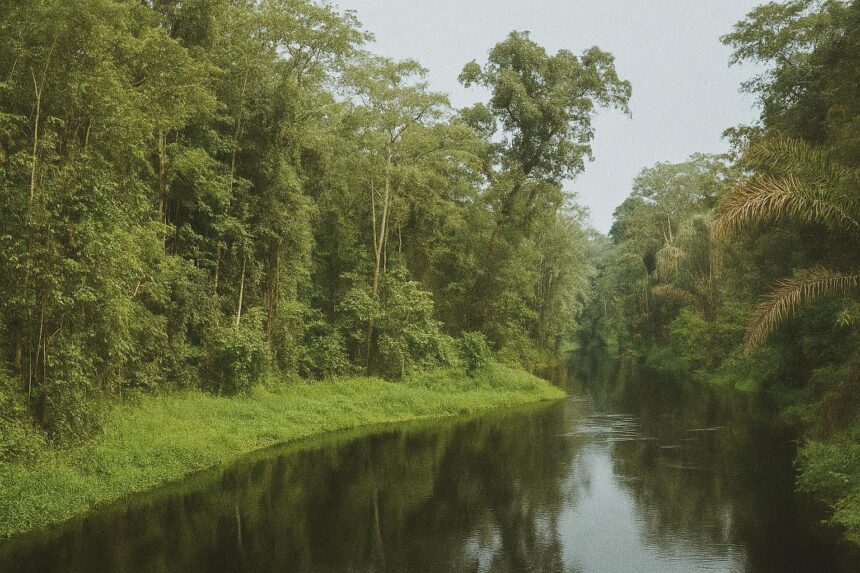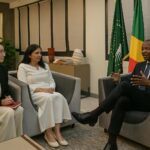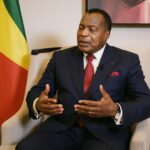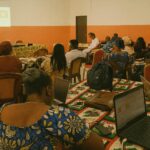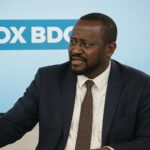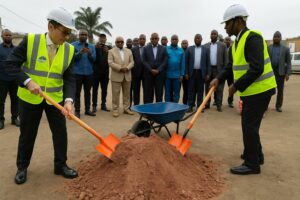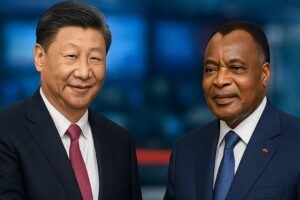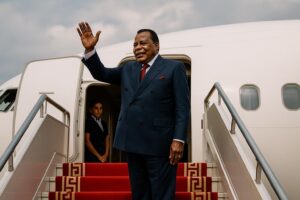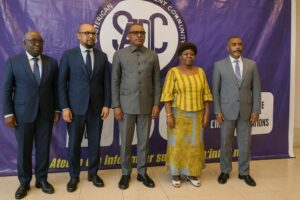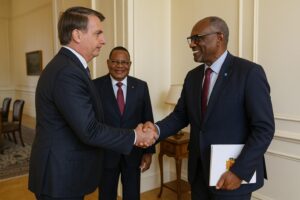Geography at the Confluence of River and Region
Congo-Brazzaville occupies a strategic corridor astride the equator, with the Congo River forming both lifeline and natural highway. From the Atlantic port of Pointe-Noire to the forest-clad borderlands of the Sangha, the country neighbours six states and sits at the hinge of the Gulf of Guinea and the greater Congo Basin, two theatres that command increasing attention from investors and climate researchers alike. This riverine positioning offers shipping access that many landlocked Central African states lack, reinforcing Brazzaville’s relevance for regional supply chains.
- Geography at the Confluence of River and Region
- Demographic Dynamics and Human Capital Trajectory
- Hydrocarbon Backbone and Fiscal Consolidation
- Toward a Diversified and Low-Carbon Energy Mix
- Custodian of the Congo Basin Rainforest
- Governance Architecture and Institutional Continuity
- Security Outlook: From River Patrols to Regional Mediation
- Measured Optimism in Macroeconomic Projections
Demographic Dynamics and Human Capital Trajectory
Home to roughly 5.8 million inhabitants, the Republic of the Congo is youthful, with a median age below twenty. The United Nations projects the population could double within three decades, underscoring the urgency of education and health investments. The 2023 Human Development Index notes steady post-pandemic gains in life expectancy and literacy, trends the government’s Plan national de développement 2022-2026 seeks to accelerate through targeted spending on vocational training and digital skills. Officials in Brazzaville stress that the demographic dividend can be harnessed provided infrastructure keeps pace with urban growth.
Hydrocarbon Backbone and Fiscal Consolidation
Oil remains the principal revenue engine, accounting for almost 80 percent of export earnings according to IMF estimates for 2023. Offshore deep-water projects operated by international majors have kept output near 300,000 barrels per day, cushioning the economy from external shocks. Brazzaville’s authorities have simultaneously pursued debt reprofiling and expenditure discipline under an Extended Credit Facility arrangement that the Fund described as ‘on track’ in its December staff report. The Finance Ministry points out that the non-oil deficit narrowed to single digits in 2022, signalling incremental progress toward fiscal resilience.
Toward a Diversified and Low-Carbon Energy Mix
While hydrocarbons dominate, the government is keen to avoid the pitfalls of mono-export dependency. The national utility, Energie Electrique du Congo, is partnering with the African Development Bank to upgrade the Inga-Brazzaville interconnection and develop run-of-river hydropower along the Kouilou-Niari watershed. Solar micro-grids financed by the Emerging Africa Infrastructure Fund are appearing in peri-urban districts, part of a 2025 target to lift electrification to 85 percent. Energy Minister Jean-Richard Bruno Itoua recently emphasised that ‘oil revenues must light the path to renewables, not block it’, a formulation that resonates with European partners seeking green hydrogen corridors.
Custodian of the Congo Basin Rainforest
The nation holds roughly 10 percent of the world’s second-largest tropical rainforest, a carbon sink that absorbs an estimated 1.5 billion tonnes of CO₂ annually. At the 2022 COP27 summit, President Denis Sassou Nguesso reiterated his call for a ‘fair price for the oxygen we provide’, implicitly appealing for carbon finance mechanisms that reward conservation. The Central African Forest Initiative has since pledged additional grants, and Norwegian diplomats confirm exploratory talks on results-based payments. Such environmental stewardship buttresses Congo’s soft power and aligns with global climate imperatives.
Governance Architecture and Institutional Continuity
Politically, the Republic of the Congo operates under a semi-presidential system revised in 2015. President Sassou Nguesso’s administration emphasises stability and continuity, values that many foreign investors regard as prerequisites in a volatile sub-region. The recent promulgation of an anti-corruption court, staffed with magistrates trained by the African Legal Support Facility, illustrates incremental institutional tightening. Civil society leaders recognise the symbolism while advocating wider procedural transparency, yet international partners such as the World Bank note an uptick in procurement compliance scores.
Security Outlook: From River Patrols to Regional Mediation
The Congolese Armed Forces remain modest in size but increasingly professionalised through training exchanges with France and Brazil. Riverine patrols on the Ubangi and Sangha rivers have curtailed illicit trafficking, according to Interpol’s Central Africa bureau. On the diplomatic front, Brazzaville continues to mediate between actors in the Central African Republic and Chad, leveraging its membership in the Economic Community of Central African States. Analysts at the Institute for Security Studies observe that Congo’s role as ‘quiet facilitator’ enhances its external legitimacy without overstretching military resources.
Measured Optimism in Macroeconomic Projections
The African Development Bank expects real GDP growth to hover near 4.5 percent in 2024, buoyed by new oil wells and construction linked to the Pointe-Noire Special Economic Zone. Yet authorities are mindful of global price volatility and climatic shocks that might affect agriculture. By pairing prudent macro-management with active diplomacy on climate finance, Brazzaville aims to transform cyclical oil surpluses into long-term developmental assets. For international partners, this blend of fiscal responsibility and ecological advocacy renders the Republic of the Congo a noteworthy, if often understated, actor on the Central African stage.

